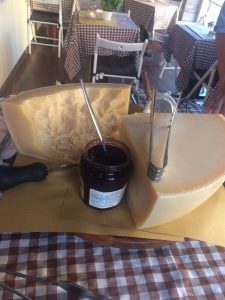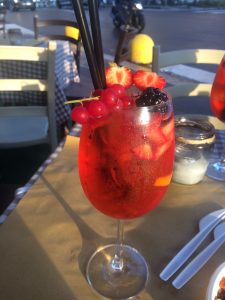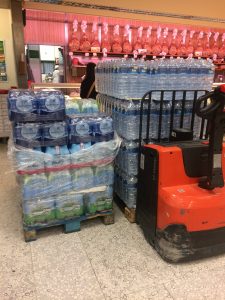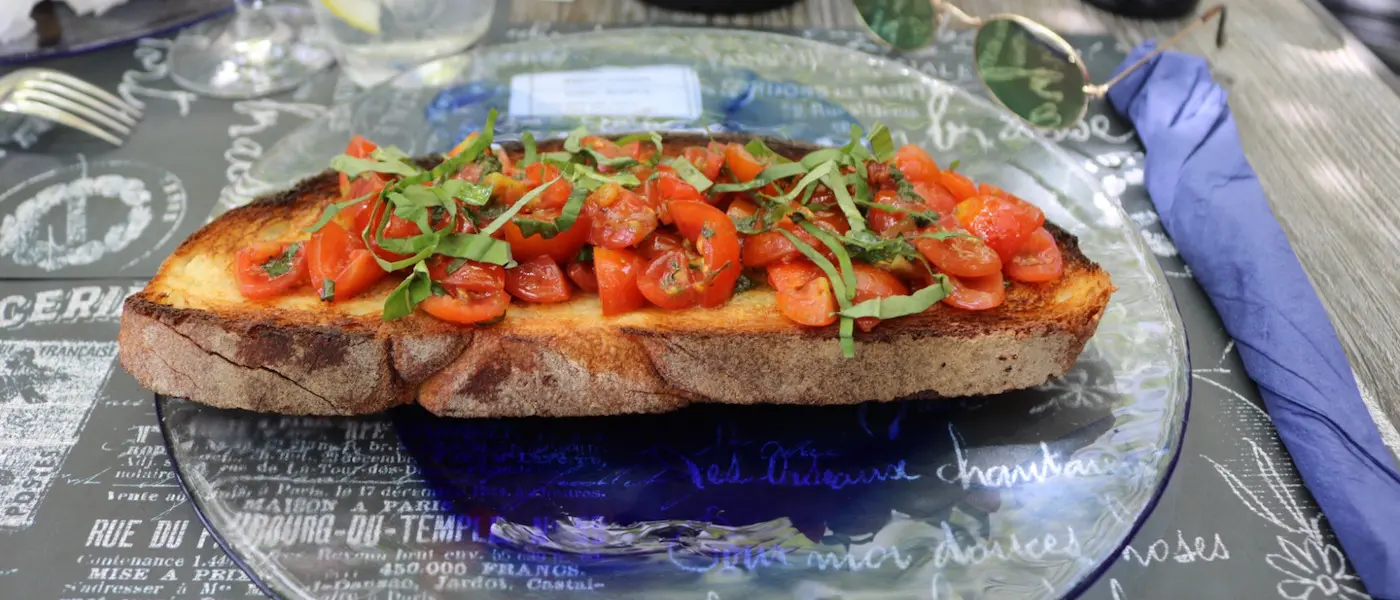This semester in Milano is my first trip to Europe. So, needless to say, I’ve been experiencing my fair share of culture shock. I expected to be taken aback by the differences in language, the adjustment to going to a school where almost everyone had a different cultural background than mine, and of course, the infamous stereotype that Italians are habitually late. However, one difference I did not anticipate was how different Italian and American foods and dining habits are. Here are some of the most unexpected differences I have experienced thus far:
1) Supermarkets
It’s safe to say my first trip to the Italian supermarket threw me for quite a loop. Since I barely speak any Italian, I was unable to read any of the packaging or signage in the store, nor could I ask for direction from any of the employees. I had to rely on the packaging images alone to convey the contents of the product to me. This proved to be difficult, and more than once I ended up employing the guess-and-check method and hoping that my instincts would be right. The only time this was truly problematic for me was when I purchased frozen pasta that looked to just have tomato sauce and cheese, but in reality contained tiny bits of meat in the sauce (I haven’t eaten meat in years!).
Other difficulties in the supermarket that I had not anticipated included locating the milk (they don’t keep it stored in a refrigerator over here), and the fact that I have not been able to find brown rice here, even at the organic stores. Perhaps the most significant difference I have noticed, though, is the absence of one of my all-time favorite foods in major supermarkets: peanut butter. Though I have been able to locate some peanut butter in the organic stores over here, it is significantly more expensive, and unfortunately, not as good as American peanut butter.

The cheese and jam you can enjoy with your aperitif meal!
2) Aperitivo
Now onto something a bit more pleasant: aperitif. The ritual of aperitif was started in Italy, and they do it best. Essentially, you purchase a mixed drink or glass of wine, which usually range from between €5-€10, and with the drink, you get access to the restaurants aperitif buffet, which typically include an array of pizzas, pastas, salads, grilled vegetables, cheeses, and pastries. The plates are usually quite small, but you are allowed to re-visit the buffet as many times as you wish while you are enjoying your drink. Aperitif is a fun and delicious way to catch up with friends and enjoy a night out in the city without breaking the bank. My favorite place in Milan to have aperitif called The Mayflower Pub. It is right near my apartment and school, next to the Navigli Canal. You can enjoy a drink by the water for only €8 (my favorite is their strawberry spritz!), and then help yourself to their extensive buffet. I strongly recommend the pesto linguine and the vegetable couscous. Plus, they get bonus points for having a large tub of nutella available to accompany your coconut macaroons for dessert.

The Strawberry Spritz at the Mayflower Pub comes with fresh fruit in your drink
3) Tap Water
Perhaps one of the most frustrating differences between Americans and Italians is that Italians seem to exclusively purchase bottled water, rather than drinking tap water for free. This is true even at restaurants: you must purchase a bottle of water with your meal; the waiter will not automatically bring you water for free as is customary in the U.S. Even in their own homes, most Italians do not drink the tap water, but purchase large bottles of water to keep in their fridge and drink from them as they please. I have yet to encounter any water fountains with free water, either. On my first day in Milan, I made the mistake of asking for a cup of tap water at an upscale juice bar in the Rinascente. The barista did give it to me, but he could not stop laughing at me, and he continued to laugh at me every time he laid eyes on me for the duration of the time my friends and I ate there. Oops!

The massive bottles of water Italians buy in order to avoid tap water.
—
Jocelyn is a Fall 2017 SAI Milan student from Lasell College.


Comments
No comments yet